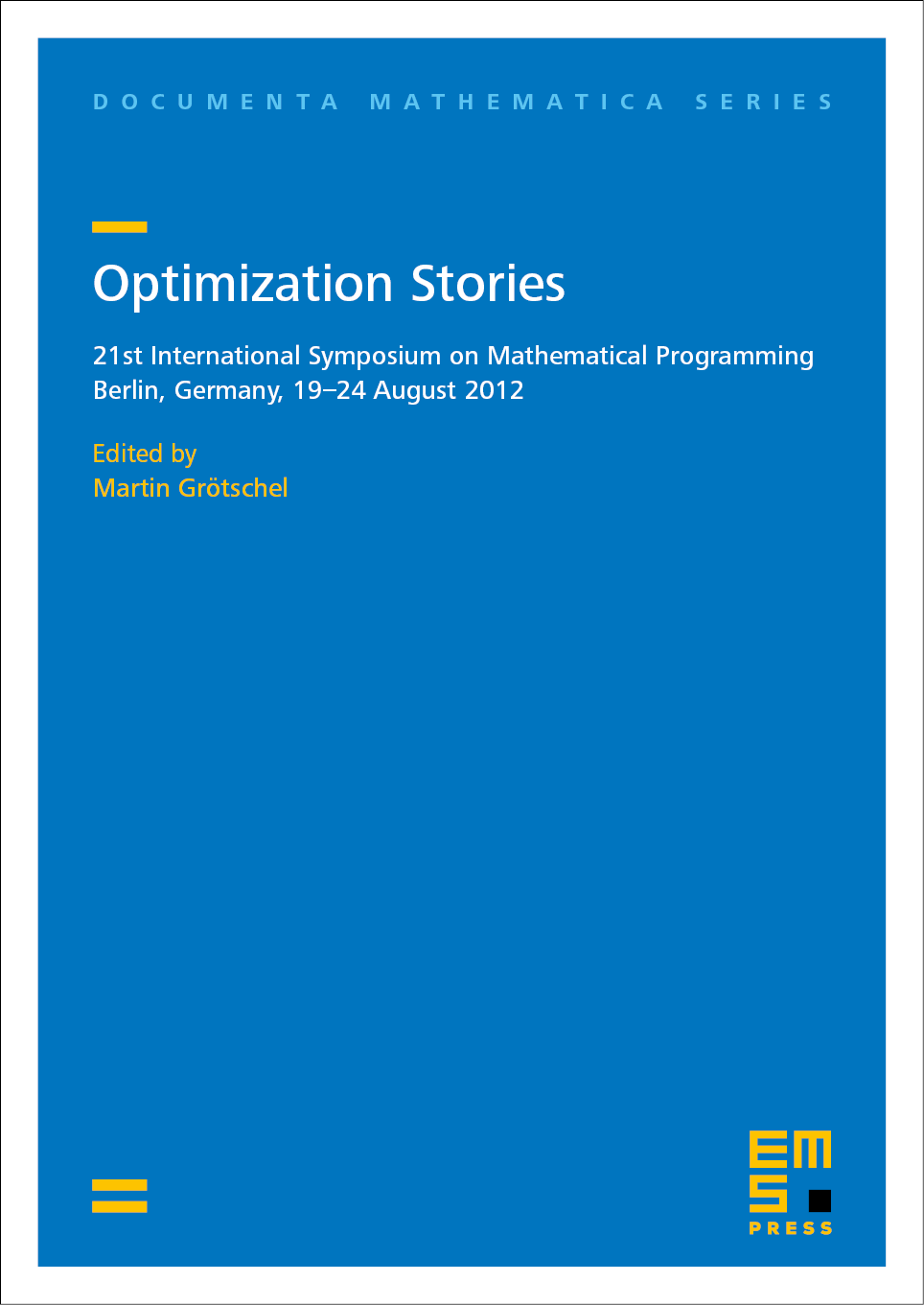Pope Gregory, the calendar, and continued fractions
Friedrich Eisenbrand
EPFL SB IMA MA C1 573 1015 Lausanne Switzerland
Abstract
The success of many activities of modern civilization crucially depends on careful planning. Some activities should be carried out during a certain period of the year. For example: When is the right time of the year to sow, when is the right time to plow? It is thus no surprise that calendars are found in literally every ancient civilization. The earth revolves around the sun in about 365.2422 days. An accurate calendar can thus not provision the same number of days every year if the calendar should be synchronous with the seasons. This article is about the problem of approximating a given number by a rational number with small denominator, continued fractions and their relationship to the Gregorian calendar with its leap-year rule that is still in use today and keeps the calendar synchronized for a very long time.
